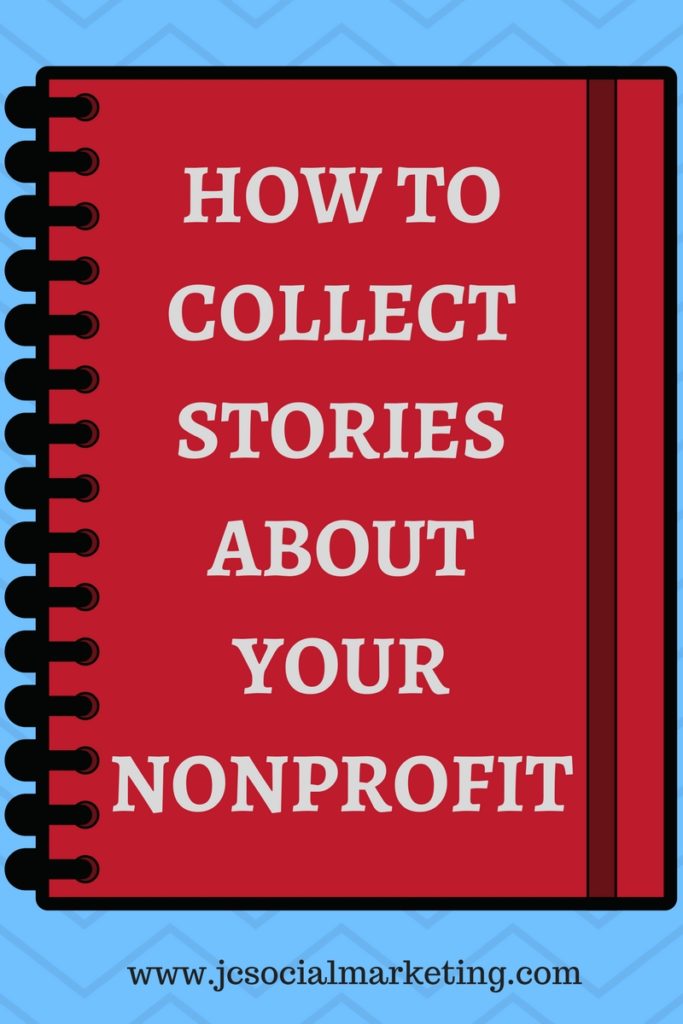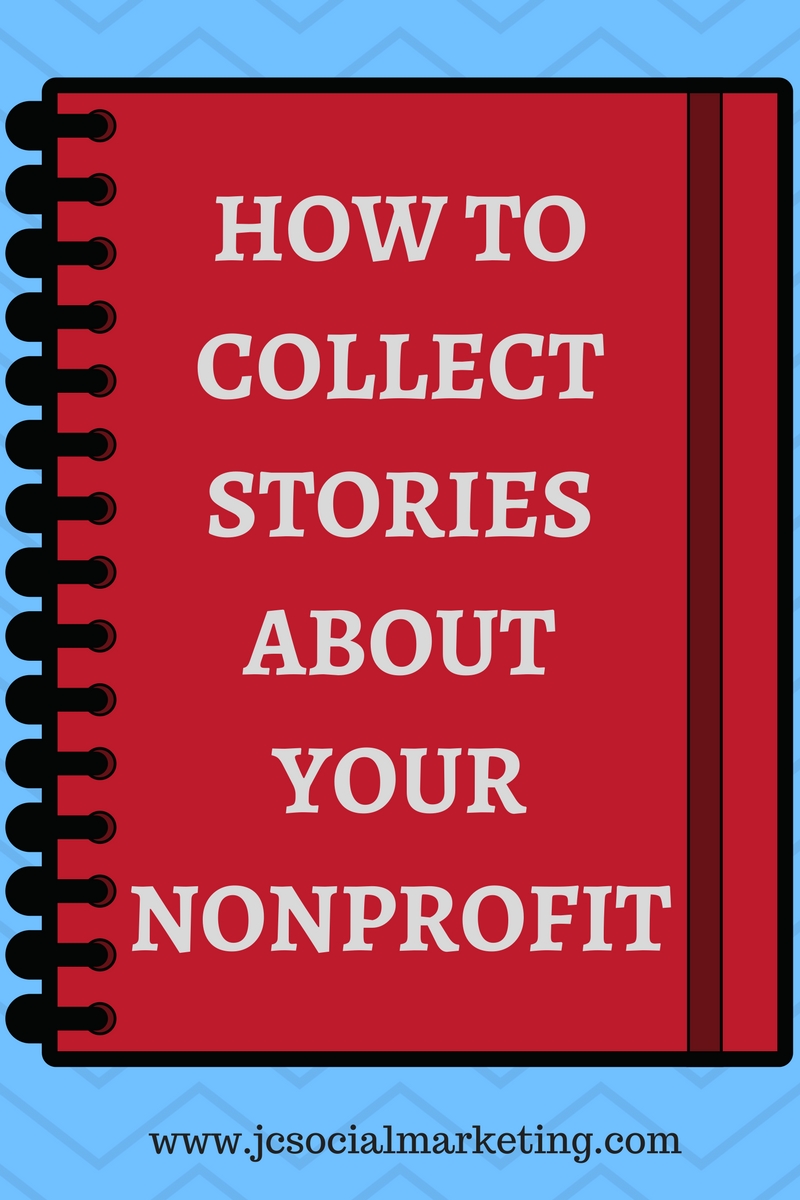 Last week’s lesson in Storytelling Summer School detailed the 5 types of stories you need to actively collect and share about your nonprofit and it’s impact.
Last week’s lesson in Storytelling Summer School detailed the 5 types of stories you need to actively collect and share about your nonprofit and it’s impact.
(If you didn’t grab the free Story Collection Worksheet, grab it here.)
Over in the Facebook Group, Storytelling Superstar Amelia Leggett jumped right in!
Amelia runs the social media channels for two nonprofits – phew!! – The Rural Outreach Center (in NYS) and Peacebuilding Solutions, based in Atlanta.
Amelia was so raring to go that she filled out 5 copies of the worksheet to organize her storytelling collection efforts!
She was generous enough to share the answers from one of her worksheets with us, and I hope it inspires you to get started:
What type of story? Client, Staff, Volunteer, Donor, Community
Client
Who is the lead on this story?
One of the ROC Stars
What is the person’s connection to the organization?
Participant turned volunteer
What barriers may we face in getting this story out publicly?
Privacy concerns
What challenges is this person facing that we need to be sensitive to?
Former/possibly current participant – privacy concerns
What questions can we ask to tease out the story?
How did you first hear about ROC?
What made you decide to work with ROC?
What experience stands out to you?
What about ROC would make you recommend it to someone else going through a hard time?
What’s it like being on the other side of the barrier?
What’s it like volunteering for ROC after being a participant?
If you could say one thing to someone at ROC, what would it be?
Whom are we telling this story to?
Donors, Supporters, Participants
What do they currently think?
Donors – possibly don’t know about ROC Star program, think all participants are still needing immediate help
Supporters – only non-participants volunteer
Participants – that there is no end in sight, that no one has made it to the other side
What would we like them to think?
Donors – that the ROC Star program exists, that participants are succeeding and thus ROC’s mission is succeeding
Supporters – that ROC Stars (and other participants) are paying it forward by volunteering
Participants – that there is light at the end of the tunnel, that change is possible, that they aren’t alone in their journey
What is the single most persuasive idea that we can convey with this story? Why should they believe it?
The journey of participants – from struggling to a ROC participant to ROC Star to volunteer and mentor – is possible and likely. That change is possible.
Should believe it because there are several ROC Stars who can tell their stories, who are proof that working with ROC can change lives.
Are there any assets to accompany this story, like video or photos?
Photo possible (depends on privacy concerns, possibly show other aspects of ROC that the ROC Star used instead – food distribution, the van, etc)
Channels for distribution (with appropriate permissions):
Website
Email newsletter
Printed Materials
And there you have it! In just a few steps, Amelia created her very own storytelling campaign plan!
Get your free copy of this worksheet by filling out the form below.
Free printable download - Story Collection Worksheet!

The Story Collection Worksheet is a must-have for the organized nonprofit storyteller.
Just follow the questions on this worksheet, and you will have a plan for collecting and telling various kinds of stories to showcase the impact of your work!
Enter your email, get the download, and other free goodies from time to time. Unsubscribe at any time.

Comments 1
Thanks for this interesting post, Keep Sharing.